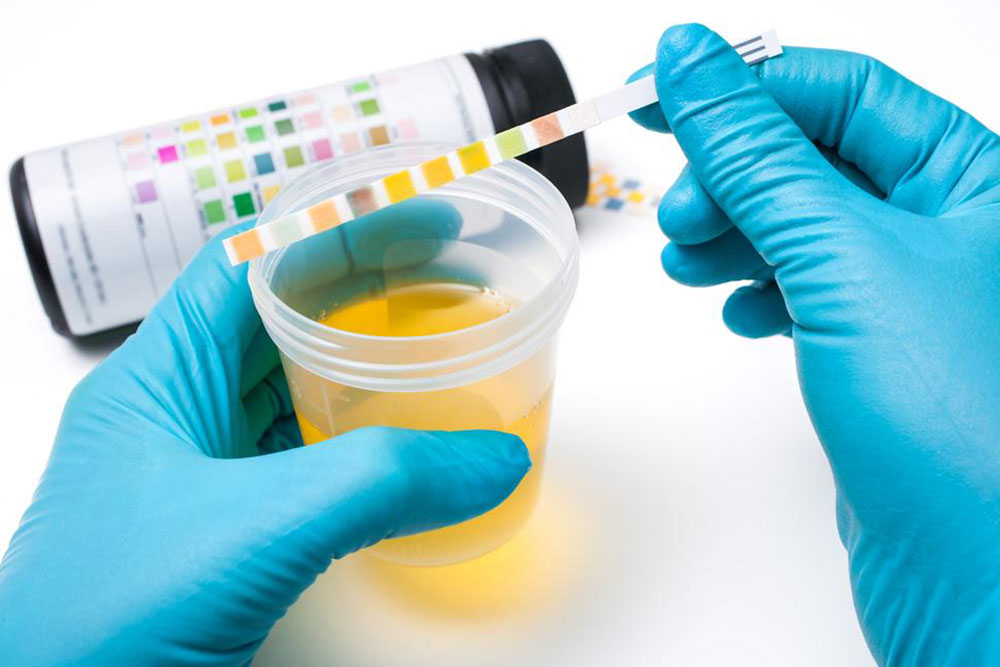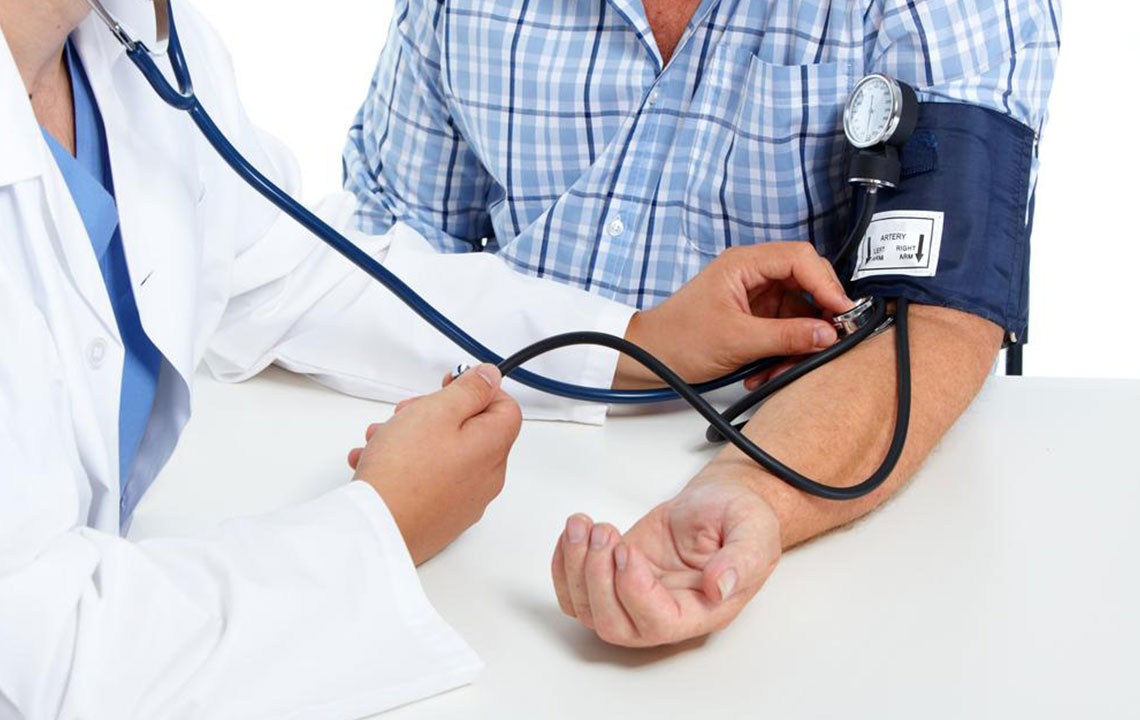Deciphering Your Health Signs Through a Stool Color Guide
Learn how to interpret your stool color to monitor your health effectively. This guide explains normal and abnormal stool shades, their causes, and when to seek medical attention. Recognizing these signs can help detect underlying health issues early, aiding in prevention and timely treatment. Understanding stool color changes is a simple yet vital way to stay aware of your gastrointestinal health and maintain overall well-being.

Deciphering Your Health Signs Through a Stool Color Guide
Your stool provides valuable clues about your overall health, diet, and potential medical conditions. Its color, texture, quantity, and consistency shift based on what you eat and any underlying health issues. Monitoring stool appearance can help you identify health concerns early and adopt preventive measures. Learning to interpret a stool color guide is essential for understanding these signals and maintaining good health. Recognize what normal and abnormal stool colors indicate to catch potential problems promptly.
Normal stool color
The typical stool shade ranges from light to dark brown, primarily influenced by diet and bile levels. Medium brown is most common and signifies good health.
Factors Influencing Stool Color Changes
Diarrhea often causes stool to turn lighter or green due to rapid transit through the intestines, preventing bile from breaking down fully. Excessive consumption of leafy greens can also make stool appear green.
Medication can sometimes alter stool color, which usually isn't a concern.
However, significant changes, such as very dark or black stool, may signal internal bleeding or other health issues involving the gastrointestinal tract, liver, or pancreas.
Bright green stool is typically harmless and results from high green vegetable intake. Light white stool could indicate bile duct issues or medication effects. Yellow stool often reflects undigested fats, possibly from high fat intake or gluten intolerance. Red or black stool warrants urgent medical attention, as it may point to internal bleeding. If you observe these signs, consult your healthcare provider promptly for proper diagnosis and care.
Note:
This article offers general insights into stool colors and health indicators. While useful, it shouldn't replace professional medical advice. Always consult a healthcare professional if you notice abnormal stool colors or symptoms. The website is not responsible for inaccuracies or differences across other sources, and some treatments or offers may vary.










